Interior design is essential. Finding a balance between form and function is key. You must consider the needs and preferences of the client. Select colors, textures, patterns, and furniture that work together. Lighting adds depth & dimension.
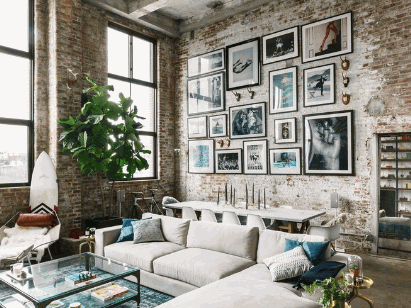
The Concept Of Interior Design
To understand the concept of interior design and its importance, delve into what it entails - creating functional and aesthetically pleasing spaces. Discover the benefits of this creative discipline, from enhancing functionality to enhancing visual appeal. Explore how interior design is essential in transforming spaces into harmonious and captivating environments.
A Brief Explanation Of What Interior Design Entails
Interior design is a mix of art and science. It's about enhancing the inside of a room to make it look nice and practical. Designers have to choose colors, materials, furniture, and accessories so that an empty room looks cozy and works. They think about the client's style, the purpose of the space, and the architecture.
Interior designers also focus on the functionality of a space. They need to see how people will use it and make sure it's arranged properly. They look at things such as traffic flow, lighting, acoustics, and ergonomics. A space should look great and be comfortable.
Designers often work with architects, contractors, and other experts. They make sure all elements of the design are done right. They can also work with vendors to get materials and furniture, and make sure it's good quality and within budget.
Interior design is more than just picking out paint and furniture. It's understanding spatial relationships, human psychology, sustainability principles, building codes, and more. Designers use their skills to turn a room into something special.
If you want to redesign your home or office, an interior designer is helpful. They can help bring your ideas to life and make sure your space is attractive and functional. Don't miss the chance to make an environment that fits your life or business.
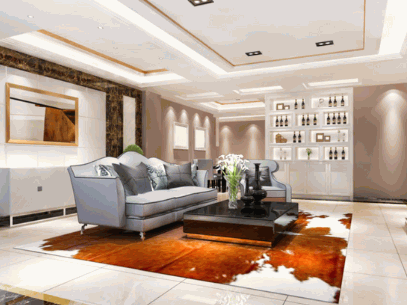
Importance Of Interior Design In Creating Functional And Aesthetically Pleasing Spaces
Interior design is essential in crafting spaces that are both useful and beautiful. By planning and designing thoughtfully, interior designers can turn ordinary rooms into extraordinary havens tailored to occupants' needs and wishes.
They take into account aspects like the room layout, lighting, colors, and furniture placement to increase productivity, bring relaxation, or foster social interaction. They also make sure every inch of space is utilized appropriately and there is enough storage.
Interior designers blend textures, patterns, shapes, and finishes to create a unified design scheme that fits the client's style. They also pick art, accessories, and furnishings to achieve harmony in the space.
Moreover, interior designers have a huge knowledge of materials and finishes, allowing them to pick top-notch products that meet both functional and aesthetic requirements. Whether it's selecting tough flooring or eco-friendly materials, they are aware of the newest trends and techniques.
A noteworthy fact about interior design is its influence on people's emotions. According to a Harvard University Graduate School of Design study (source), well-designed interiors can enhance people's moods. This indicates the importance of taking into account not only functionality but also mental health when designing spaces.
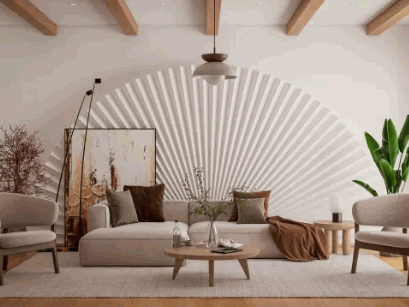
Key Elements Of Interior Design
To understand the key elements of interior design, delve into the world of color schemes and their impact on mood and ambiance, discover the importance of proper lighting and its role in enhancing the overall design and explore the art of furniture selection and arrangement to optimize functionality and flow. Each sub-section offers unique solutions to creating an impactful interior space.
Color Schemes And Their Impact On Mood And Ambiance
Color schemes are essential in interior design, as they can strongly affect the ambiance and mood. Choosing colors that suit the purpose of the space is important. For instance, blue and green are known for their calming effects, while warm colors like red, orange, and yellow create an energetic atmosphere. Neutral tones like white, beige, and gray make a versatile backdrop, while pastel shades such as lavender, pink, and light blue add a gentle touch.
In addition, color psychology is also a factor. This field studies how colors affect people's emotions and behavior. It has been found that certain colors have universal meanings across cultures. For example, green is linked to nature and growth, while black implies sophistication and mystery.
Interior designers use this knowledge to create spaces that not only look attractive but also evoke specific feelings. The right color palette can turn any room into a serene retreat or a vibrant space for social gatherings.
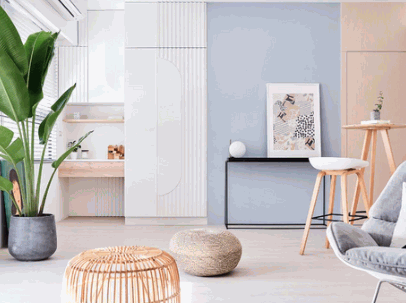
Importance Of Proper Lighting And Its Role In Enhancing The Design
Lighting is essential for a room's design. It brightens up space and adds depth. Consider natural light: ample windows or skylights let sunlight in, reducing reliance on artificial lighting and creating a soothing ambiance.
Task lighting is also key for activities like reading, cooking, and working. Accent lighting highlights architectural features and decorative elements, creating visual interest. Dimmers and adjustable fixtures give flexibility in controlling intensity and mood.
Energy-efficient lighting options like LED bulbs are eco-friendly and cost-saving. They consider sustainability and economics.
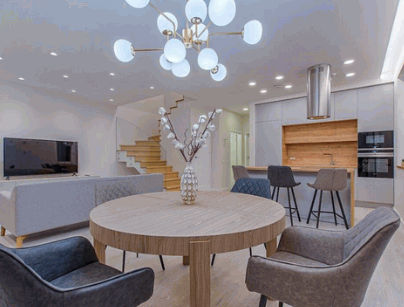
Furniture Selection And Arrangement To Optimize Functionality And Flow
For an interior space to be optimized for functionality and flow, the right furniture selection and arrangement is key. Furniture choices can add to the design, while also providing comfort and usability. Consider these points when selecting and arranging:
- Choose furniture that suits the room's purpose. For instance, a living room would benefit from a sofa and coffee table, while a home office would need a desk and chair.
- Size and scale matter. In order for the room to be balanced, pick furniture that is appropriately sized. Measure the room beforehand and make sure there's enough space for movement.
- Functional seating arrangements are key. Position furniture in a way that encourages conversation or focuses on a focal point. Make sure there's enough room to move around if it's a dining area.
- Optimize traffic patterns by arranging furniture in a way that allows people to move freely throughout the room.
To further enhance the interior design, consider adding custom built-in storage solutions and multi-purpose furniture pieces. When selecting and arranging furniture, consider factors such as purpose, size, seating, and traffic patterns. This way, your space will be aesthetically pleasing and highly functional. Don't miss out on this opportunity - choose and arrange furniture carefully for a fantastic interior design project.
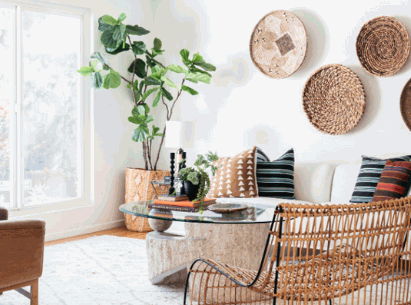
The Most Important Thing In Interior Design: Balance
To achieve balance in interior design, start with understanding the key concept and its significance. Define balance in interior design, explain its importance in achieving harmony within design elements, and explore techniques and tips for creating a beautifully balanced space.
Definition Of Balance In Interior Design
Balance in interior design is about distributing visual weight within a room. It's all about finding equilibrium by arranging furniture, accessories, and colors. Balance can be achieved in different ways, such as symmetrical or asymmetrical designs.
When designing for balance, you need to consider both physical and visual weight. Physical weight is an object's heaviness, while visual weight is how heavy it looks. Through arranging objects with different physical and visual weights, balance is achieved.
Symmetrical balance is when objects are placed equally on either side of a central axis, creating a formal and traditional look. Asymmetrical balance involves contrasting objects of different shapes and sizes to find equilibrium.
A suggestion for achieving balance is using color. Place darker items on one side and lighter items on the other. Also, repetition of certain patterns or shapes throughout a space can help balance it.
Think about the height and scale of objects when arranging them. Mix tall and short elements to create vertical or horizontal balance. This avoids an unbalanced look where all items are at the same eye level.
Explaining The Significance Of Achieving Balance In Design Elements
Creating harmonious and visually appealing spaces requires balance in design elements. This involves distributing visual weight evenly, through color, texture, or furniture placement. Without balance, a room can feel chaotic.
There are two types of balance: symmetrical and asymmetrical. Symmetrical involves mirroring objects on both sides of a central axis, giving stability and formality. Asymmetrical involves arranging objects that are balanced, but not identical on both sides, for interest and dynamism.
The scale and proportion of different design elements should also be balanced. Placing a large piece next to a small one can make a room feel imbalanced. Making sure objects are proportionate creates a cohesive and balanced look.
Techniques And Tips For Creating A Balanced Interior Space
Creating balance in your interior space is essential. There are several techniques to follow for achieving harmony in a room. Here are a few:
- Symmetrical arrangements: Making the visual weight even by pairing identical furniture pieces on either side of the room.
- Scale and proportion: Balancing sizes of furniture and decor items, mixing large and small.
- Colors: Pay attention to the impact of colors on the visual perception of balance. Complementary or analogous color schemes create harmony. Contrasting colors can also be used for visual appeal.
- Natural light: A lit space feels balanced. Place windows or skylights to let natural light in, evenly lighting up the room.
- Focal points: Anchor a room and achieve balance by using eye-catching elements like artwork, accent walls, or statement pieces.
Textures, patterns, and organization are also important. Placing contrasting materials, textures, and patterns throughout the room can add visual contrast without overwhelming.
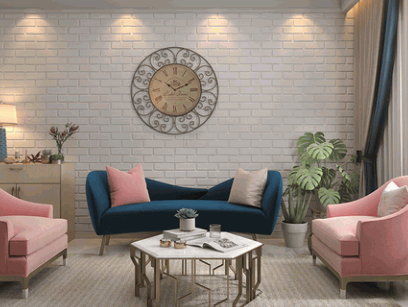
Case Studies Of Successful Interior Designs
To understand the importance of balance in interior design, delve into case studies of successful interior designs. Highlight exceptional examples of well-balanced projects and discuss the impact of balance on their overall success.
Highlighting Exceptional Examples Of Well-Balanced Interior Design Projects
A New York City townhouse was given a remarkable makeover. Its original features were kept intact, with contemporary touches for more appeal.
In California, a lakefront retreat had a perfect balance between indoors and outdoors. Floor-to-ceiling windows brought the natural world in.
In London, an urban loft had unbeatable space planning. It had a minimalist style with inviting vibes and clever storage.
Successful interior designs go beyond looks. They enhance functionality, promote wellness, and make productive spaces.
Take the Tokyo family home, for example. Designers used natural materials & light to make a peaceful oasis in the middle of a busy city.
Discussing The Impact Of Balance On The Overall Success Of These Designs
Balance is essential for interior design success. It brings harmony and unity, making sure all design pieces work together. The correct balance between colors, textures, and furniture placement creates an attractive and useful space.
To achieve balance in design, careful consideration and strategic placement of elements are needed. An example is symmetrical balance, which is seen when identical furniture pieces are placed on either side of a room. Asymmetrical balance uses different objects to create balance.
Functionality balance is also important. Designers must find a balance between aesthetics and practicality. Layout, furniture selection, and lighting should meet both form and function.
An example of balance's effect on interior design success is the transformation of an outdated living room into a contemporary space. The designer carefully picked furniture pieces that complemented each other in size, color, and style. Accessories and artwork were placed properly, which added even more balance.
Check out: What Hairstyle Is Good For Short Hair
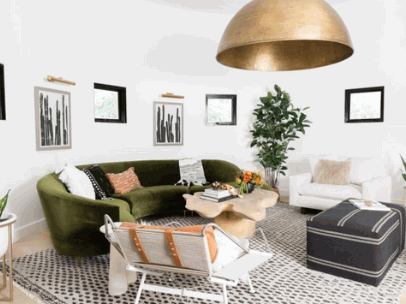
Conclusion
To wrap up the discussion on interior design, let's dive into the conclusion. Recap the importance of balance in interior design and discover the final thoughts on the overall significance of interior design in creating welcoming and harmonious spaces.
